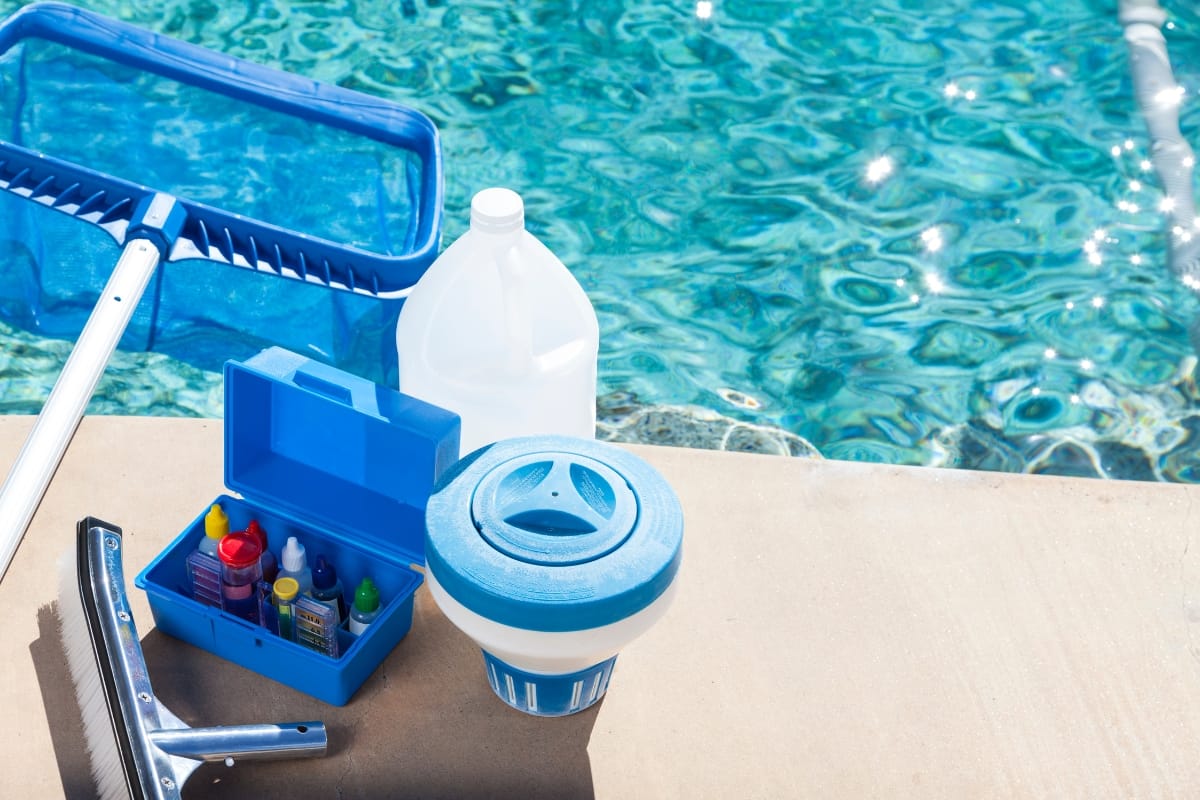As the colder months approach, preparing your pool for winter is essential to protect it from damage and ensure a smooth opening next season. Winterizing your pool efficiently can save you time, money, and prevent costly repairs caused by freezing temperatures, algae growth, and debris buildup.
In this guide, we’ll share expert tips on properly winterizing your pool, from balancing the water chemistry and cleaning the pool to covering it securely and safeguarding the equipment. These tips will help you winterize your pool like a pro, keeping it in top condition until the warm weather returns.
Don’t Close Your Pool Without These Winterizing Secrets!
Assessing Pool Condition Before Winter
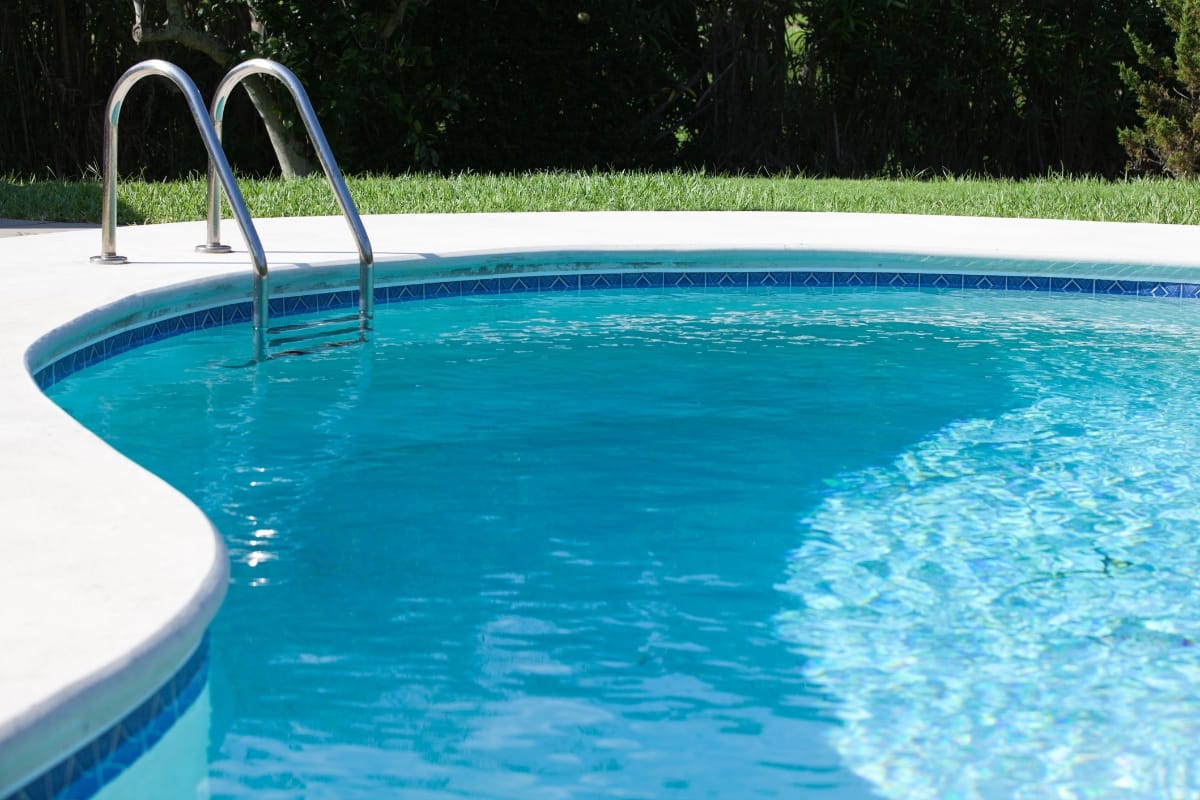
Before winterizing your pool, thoroughly assessing its condition is critical to avoiding damage during the colder months. Begin by inspecting the pool’s structure for cracks, leaks, or any wear and tear.
Addressing these issues early can prevent them from worsening over the winter due to freezing temperatures and water expansion. Small cracks can lead to significant structural damage if left unattended, so it’s wise to make necessary repairs now.
After the structural check, evaluate the water level. For winterization, it’s essential to lower the water level to just below the skimmer to avoid freezing in the pipes, which can cause cracking and costly repairs. While checking water levels, ensure the water chemistry is balanced to prevent algae growth and staining during the winter months.
Clearing the pool of debris, including leaves and branches, is also important, as these can stain the pool’s surface or clog the filtration system while the pool is not in use. Finally, examine all pool equipment, such as pumps, filters, and heaters, to ensure they’re in good condition.
Consider professional servicing if necessary, as properly maintained equipment will handle the winter better and ease your pool opening come spring. By taking these proactive steps for closing your pool for the winter, you’ll ensure that your pool remains in top condition through the colder season, saving you time and money when reopening.
Balancing Water Chemistry for Winterization

Ensuring that your pool’s water chemistry is balanced is a crucial step in winterizing and protecting your pool during the colder months.
Begin by testing the pool water’s pH level, adjusting it to a range between 7.4 and 7.6. Maintaining this balance is important as it prevents potential corrosion of your pool’s surface and equipment, while also reducing the risk of scale buildup caused by hard water deposits.
After adjusting the pH, it’s essential to shock the swimming pool using a chlorine-based shock treatment. This step eliminates harmful bacteria, algae, and organic contaminants that could otherwise thrive during the off-season, creating more work when reopening the pool. Once the chlorine shock has done its job, follow up with an algaecide treatment. Algaecides work as an extra safeguard, inhibiting algae growth throughout the winter.
To complete the process, it’s highly recommended to add a winterizing chemical kit. These kits often contain a mix of clarifiers, stain inhibitors, and scale preventers that maintain the water’s quality and clarity, ensuring your pool remains in top condition.
Proper water chemistry balance not only protects your pool from damage but also makes reopening and cleaning in the spring much easier and more efficient.
Cleaning and Maintaining Pool Surfaces
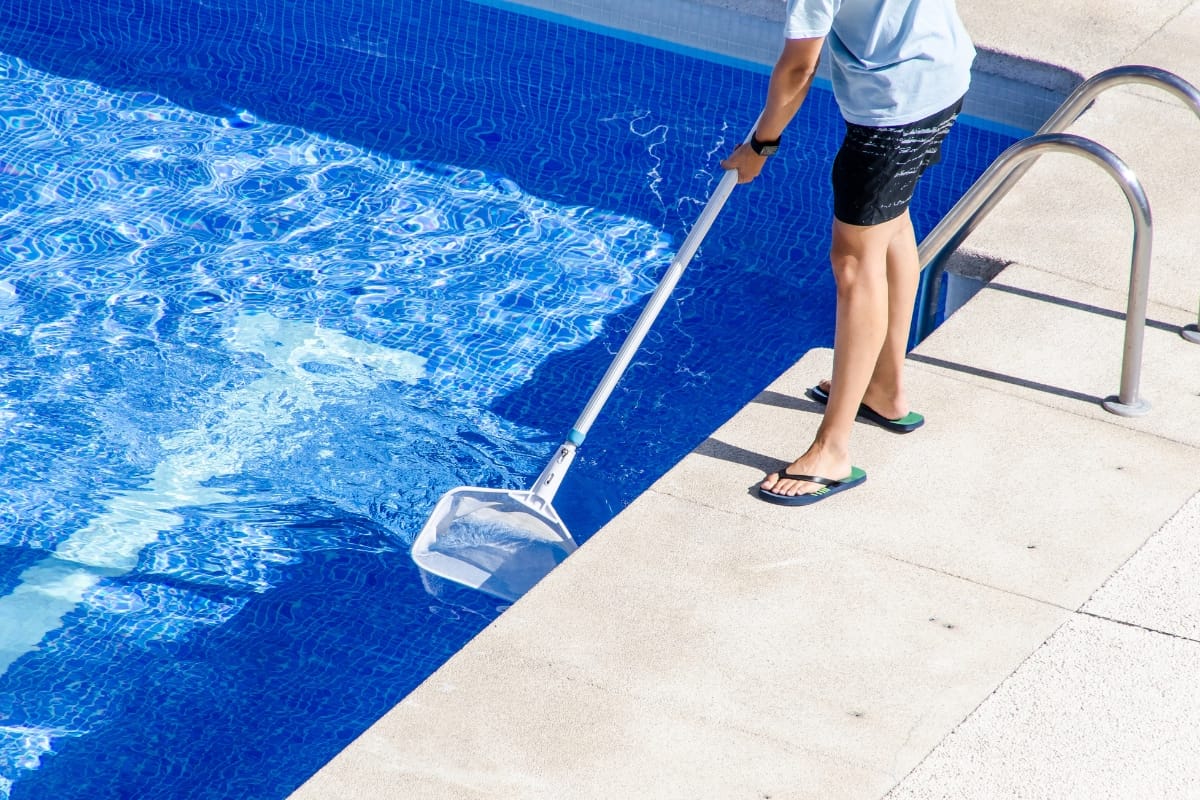
Before your pool closing for the winter, it’s important to ensure that all pool surfaces are thoroughly cleaned. Begin by brushing the walls and floors of the pool to remove any dirt, algae, or grime that may have accumulated during the swimming season. This step is especially vital as organic matter left behind can stain surfaces or contribute to algae growth over the winter months.
If your pool has a vinyl liner, make sure it’s completely clean and free of debris before closing. Vinyl liners are more susceptible to damage from sharp debris, so clearing out any lingering particles helps prevent tears or punctures.
Additionally, take the time to clean the pool cover itself using a specialized cover cleaner, which helps remove stains, dirt, and mildew that could otherwise degrade the cover during storage.
By regularly maintaining your pool surfaces and cover, you reduce the risk of long-term damage, preserve the integrity of the materials, and make the reopening process in spring much easier.
Keeping the surfaces clean before closing also contributes to better water quality when you reopen the pool, cutting down on the amount of work needed to restore it for the new season.
Protecting Pool Equipment from Freezing Temperatures
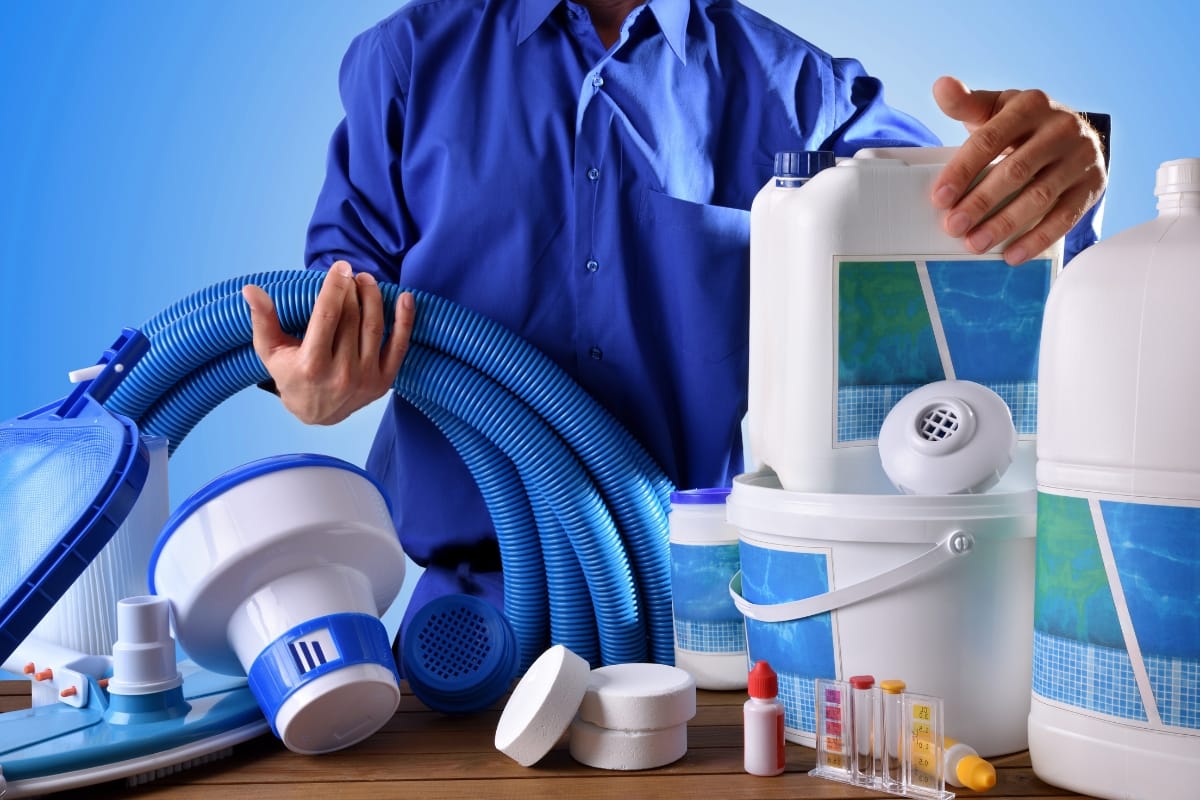
Freezing temperatures can cause serious damage to pool equipment if it’s not properly winterized. One of the first steps in protecting your equipment is to ensure all water is drained from the system, including pumps, filters, heaters, and any other components that may contain water. Water left inside can freeze, expand, and cause cracks or internal damage, leading to costly repairs.
After draining, remove pool accessories like drain plugs and caps from the equipment to allow any residual water to escape, preventing it from being trapped and freezing inside the system. It’s a good idea to store these plugs in a safe, easily accessible location for use when reopening the pool in spring.
To further protect sensitive equipment, consider investing in insulated covers or thermal blankets for your pool’s pumps, filters, and heaters.
These covers act as a buffer against the cold, reducing the risk of freezing and ensuring that your equipment remains in good condition throughout the winter months. Taking these precautions not only safeguards your investment but also ensures a smoother start when warmer weather returns.
Draining Pool Lines and Plumbing System
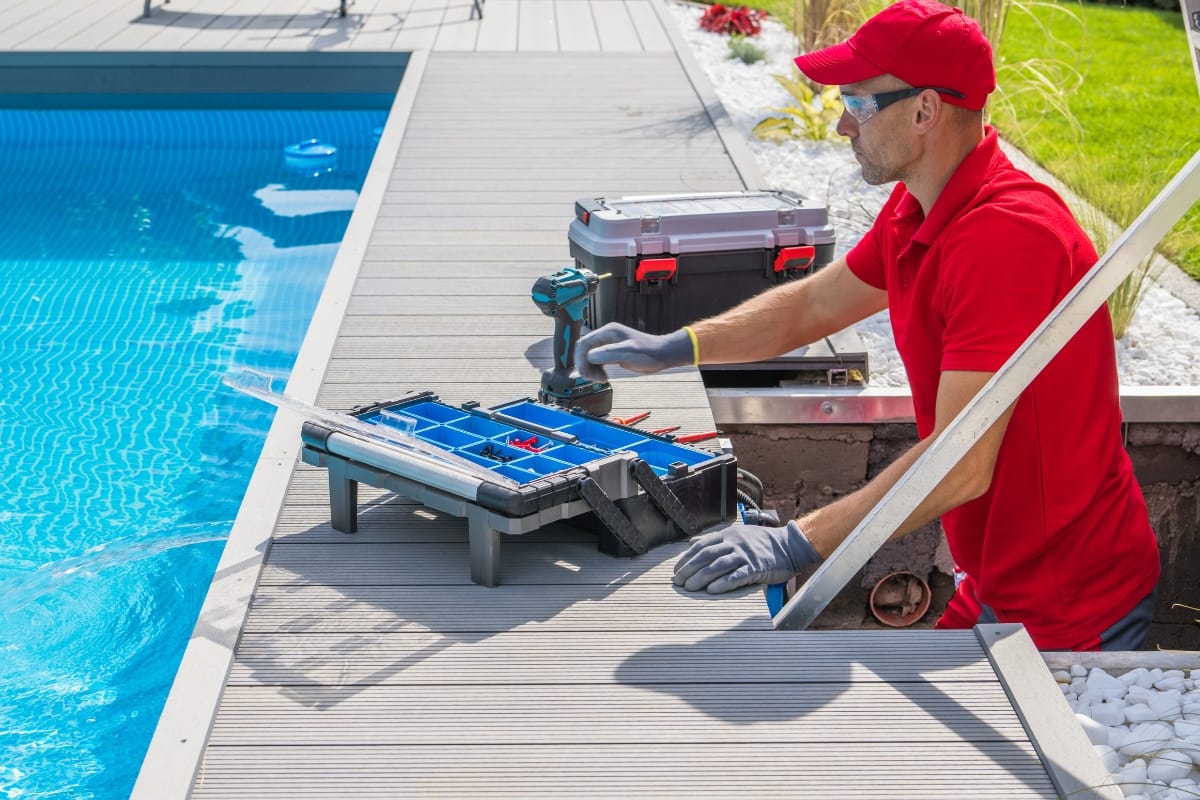
Properly draining your pool’s lines and plumbing system before winter is a crucial step in protecting your pool from freezing temperatures. When water is left in the pipes during cold weather, it can freeze, expand, and lead to cracks or bursts, resulting in costly repairs once warmer weather returns.
Start by turning off the pool pump and opening all of the valves connected to your pool system, allowing water to drain out naturally. To ensure thorough drainage, use an air compressor to blow out any remaining water. Begin with the main drain valve, followed by each return line and other relevant lines individually. This process helps to force out water that may be trapped in low points within the system.
For those with more complex pool systems, including those with multiple water features or spas, it’s especially important to ensure all plumbing is completely free of water. Frozen water can cause cracks in pipes, filters, and even heaters, potentially leading to significant damage that’s both time-consuming and expensive to repair.
Once you’re confident that all water has been expelled, you can close the valves. Taking the time to drain and protect your pool’s plumbing system will help you avoid headaches and ensure a smooth start when you reopen your pool in the spring.
Installing a Winter Pool Cover Correctly
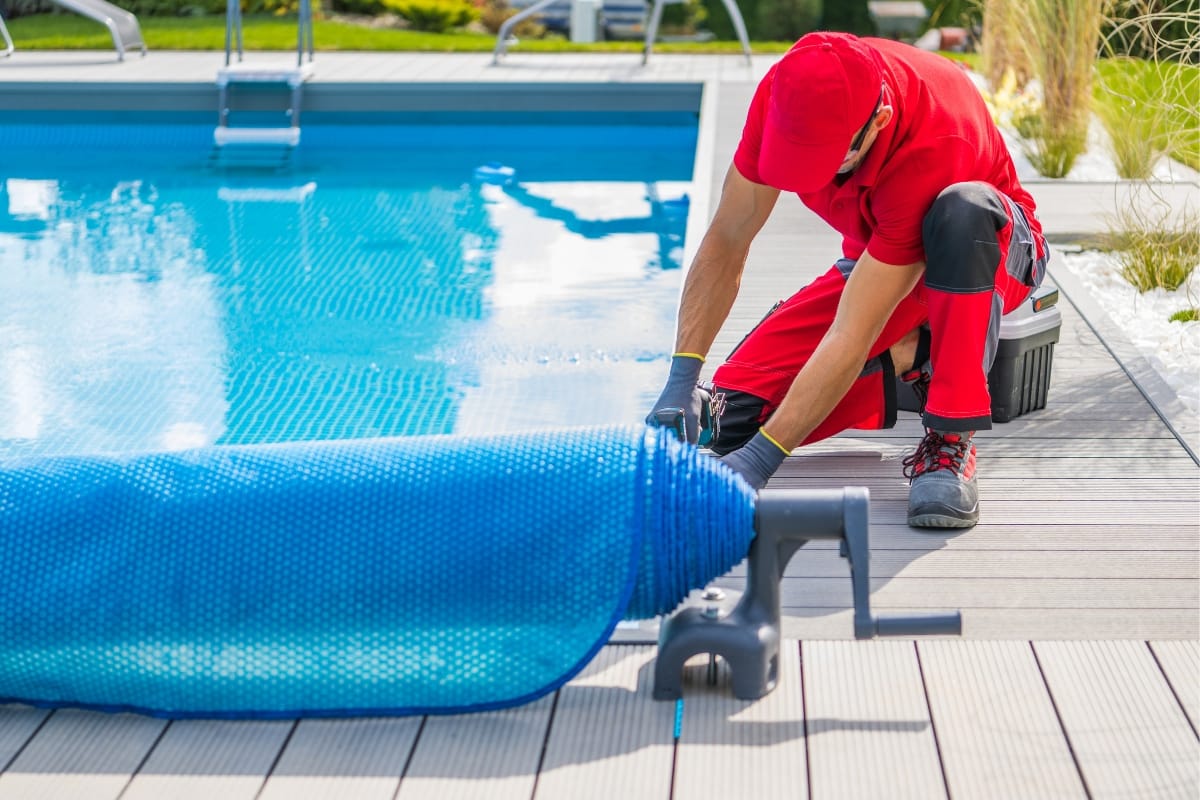
Installing a winter pool cover is essential to protect your pool from debris, sunlight, and the elements during the colder months. A well-secured cover can also prevent algae growth, minimize the need for cleaning, and reduce the chances of damage to your pool.
Before you install the cover, make sure to thoroughly clean your pool. Remove all leaves, dirt, and any floating debris, as this will help prevent staining or clogging of your filtration system once the pool is covered. This final cleaning will ensure that the pool remains in optimal condition for reopening in the spring.
Inspect your pool cover for any signs of wear, such as tears or holes. If the cover is damaged, it’s important to repair or replace it to maintain full protection. A properly maintained cover is critical for ensuring that no debris or contaminants enter the pool.
When it comes to installation, ensure the cover fits tightly over the pool. Secure it firmly by using water bags, cover clips, or a combination of both, depending on your pool type. This prevents the cover from blowing off during strong winds or winter storms, which can lead to debris entering the pool and potentially damaging the cover. Additionally, be mindful of placing any cover pumps to remove excess water that may accumulate on the top, ensuring no water seeps through.
Monitoring Your Pool Throughout Winter
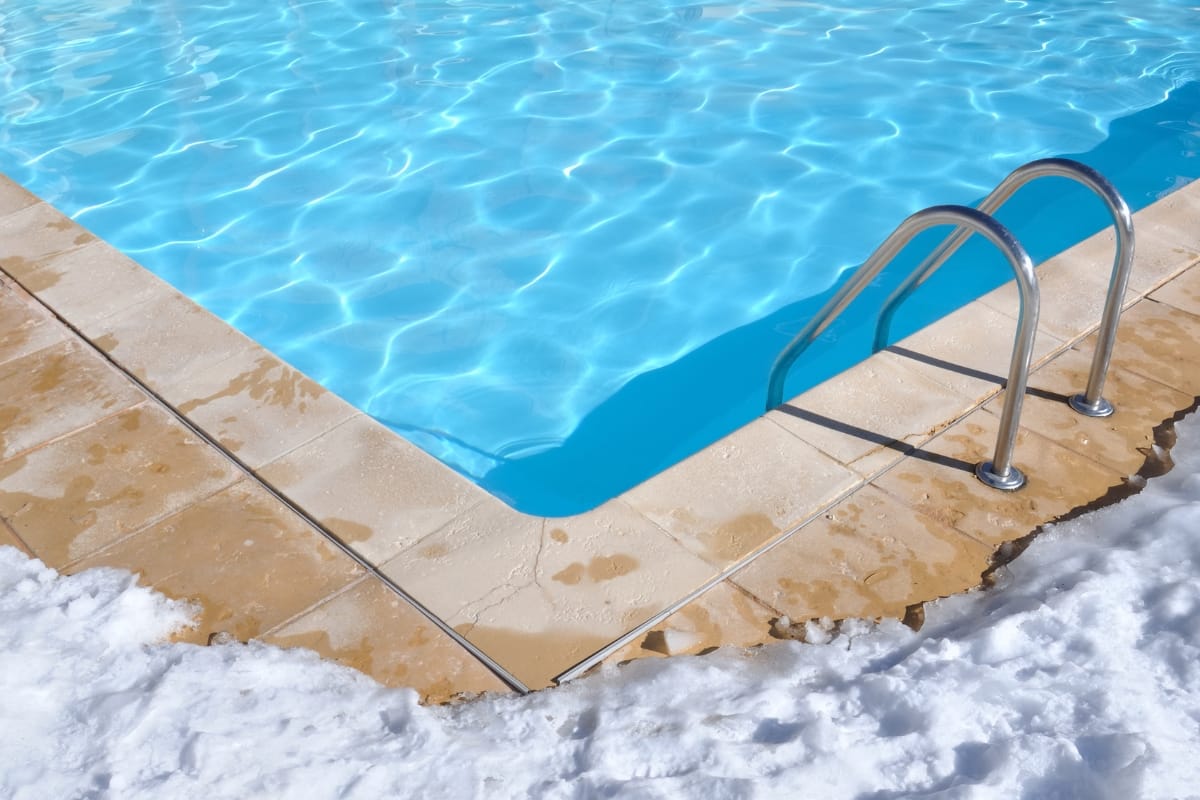
Even though your pool is closed for the season, monitoring it regularly throughout winter is crucial to ensure it remains in good condition. A quick check every few weeks can help you spot potential issues before they escalate, saving you from costly repairs when it’s time to reopen the pool.
Start by inspecting the pool cover for debris like leaves, branches, or snow accumulation. Excess weight on the cover can cause it to sag or tear, which may allow dirt, debris, or even water to seep into the pool. Use a leaf blower or a soft broom to gently remove debris, ensuring the cover stays taut and undamaged. If heavy snowfall is expected, consider investing in a cover pump to remove water that accumulates from melting snow.
Additionally, keep an eye on the pool’s water level. If it fluctuates dramatically, it may indicate a leak or improper drainage. Addressing these issues early on prevents further damage to both the pool structure and the cover. Furthermore, checking for damage around the edges of the cover and securing any loose fastenings will help maintain a tight fit, protecting the pool from winter’s harsh conditions.
Hiring Professional Help When Needed
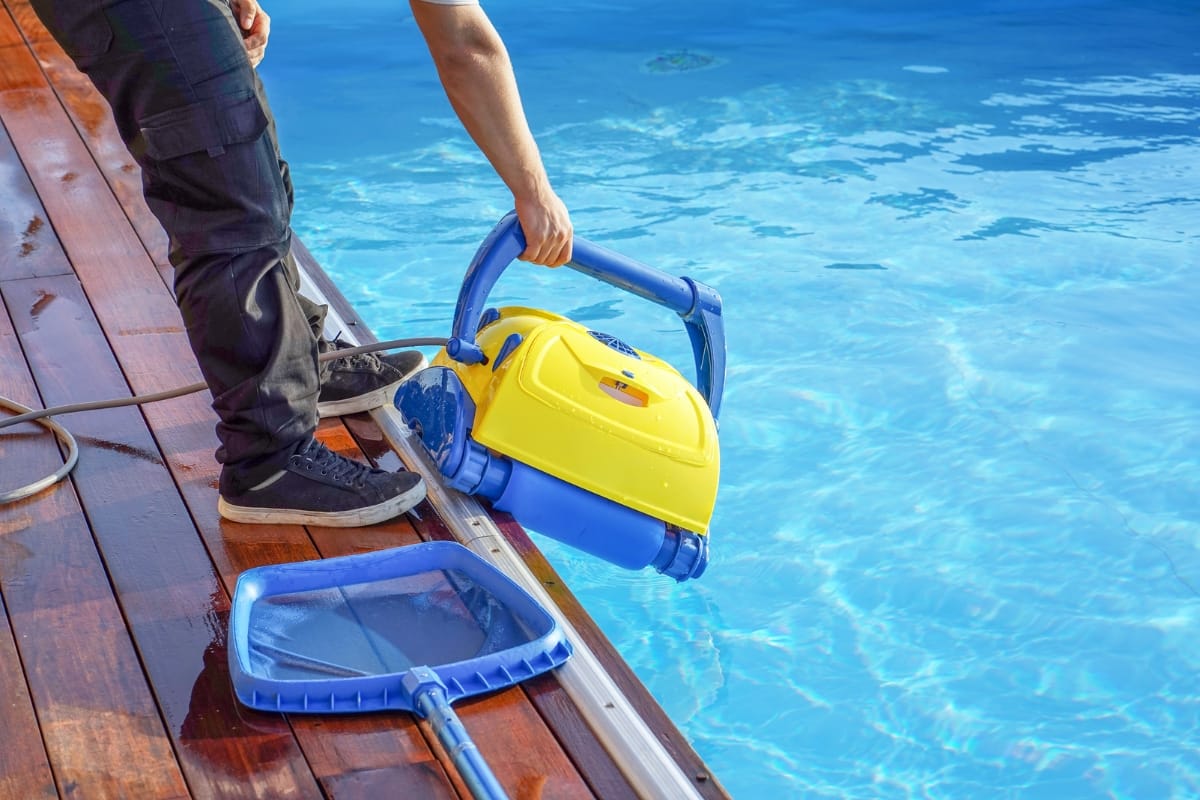
While many tasks involved in winterizing your pool can be handled on your own, certain situations may call for the expertise of a professional. Whether it’s dealing with complex plumbing systems, intricate pool equipment, or addressing issues such as leaks or malfunctions, hiring a qualified pool service professional can save you time and prevent costly mistakes.
Professionals not only have the experience and tools necessary to carry out the winterization process with precision but can also provide tailored advice specific to your pool’s design and condition.
For example, they can ensure proper draining of pool lines, inspect and service the pump and heater, and address any concerns with the filtration system, which can be complicated for those unfamiliar with the equipment.
Additionally, pool experts can perform tasks such as balancing water chemistry, handling any structural repairs, and properly covering your pool to prevent debris and water damage.
By hiring professional help, you can have peace of mind knowing that your pool is fully protected throughout the winter season and will be ready for use when spring returns. This proactive approach also minimizes the risk of long-term damage, preserving the integrity of your pool for years to come.
Conclusion: Enjoy a Stress-Free Pool Opening in Spring
By following these pool closing steps and winterizing your pool efficiently, you can enjoy a stress-free pool opening in spring. Remember that winterizing your pool is not just about protecting it from freezing temperatures; it’s also about preserving its longevity and minimizing the risk of costly repairs. With proper care and attention during the colder months, you can rest assured that your pool will be ready to welcome you back for another season of fun in the sun.
Ensure your pool is ready for winter with expert help from Clear Water Pools Atlanta. Our pool services will help protect your pool from the harsh weather, making it hassle-free when it’s time to open it again next season. Contact us today at 770-406-8638 or request a free pool estimate through our website. Let us help you keep your pool in top condition year-round!

